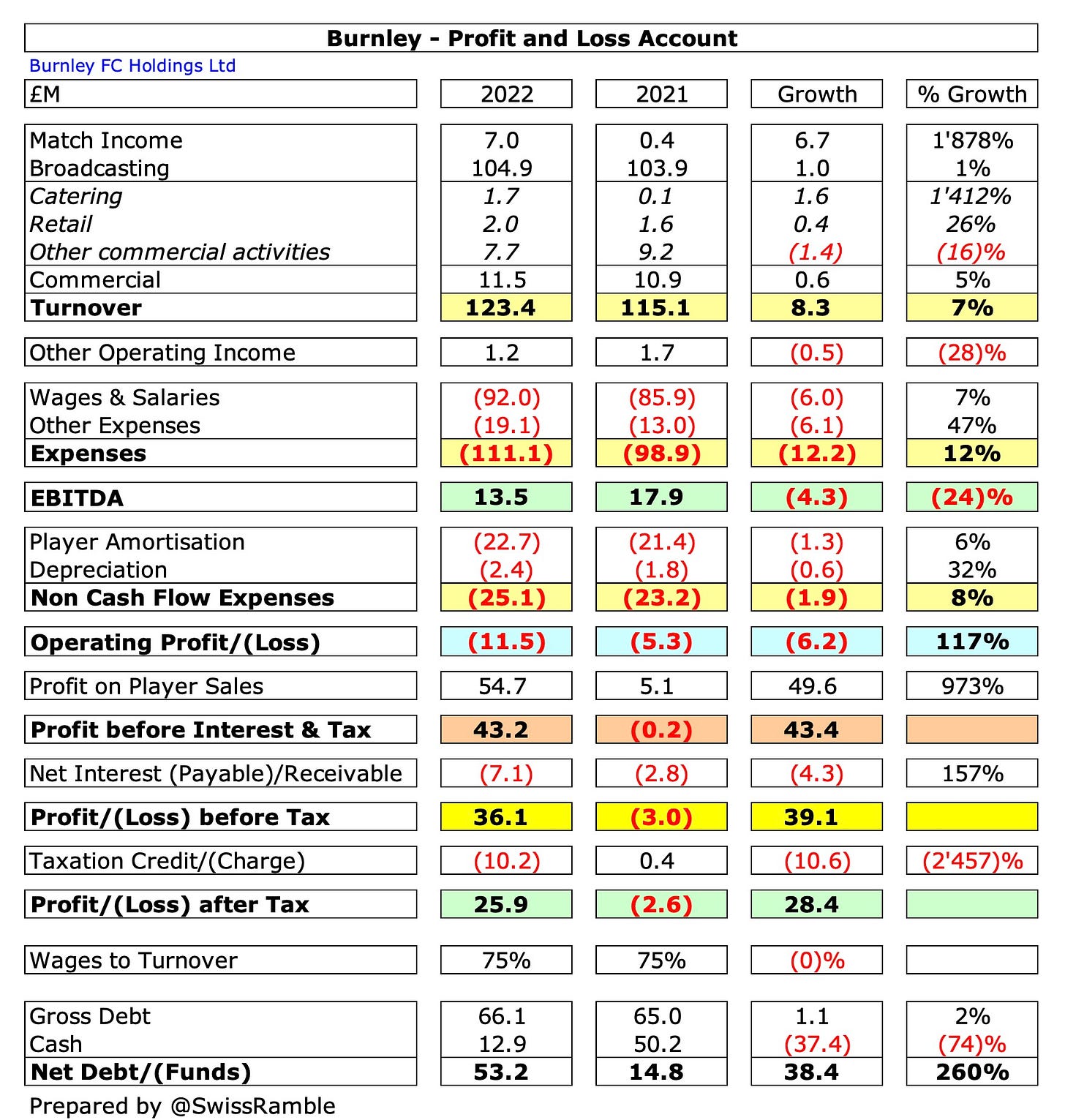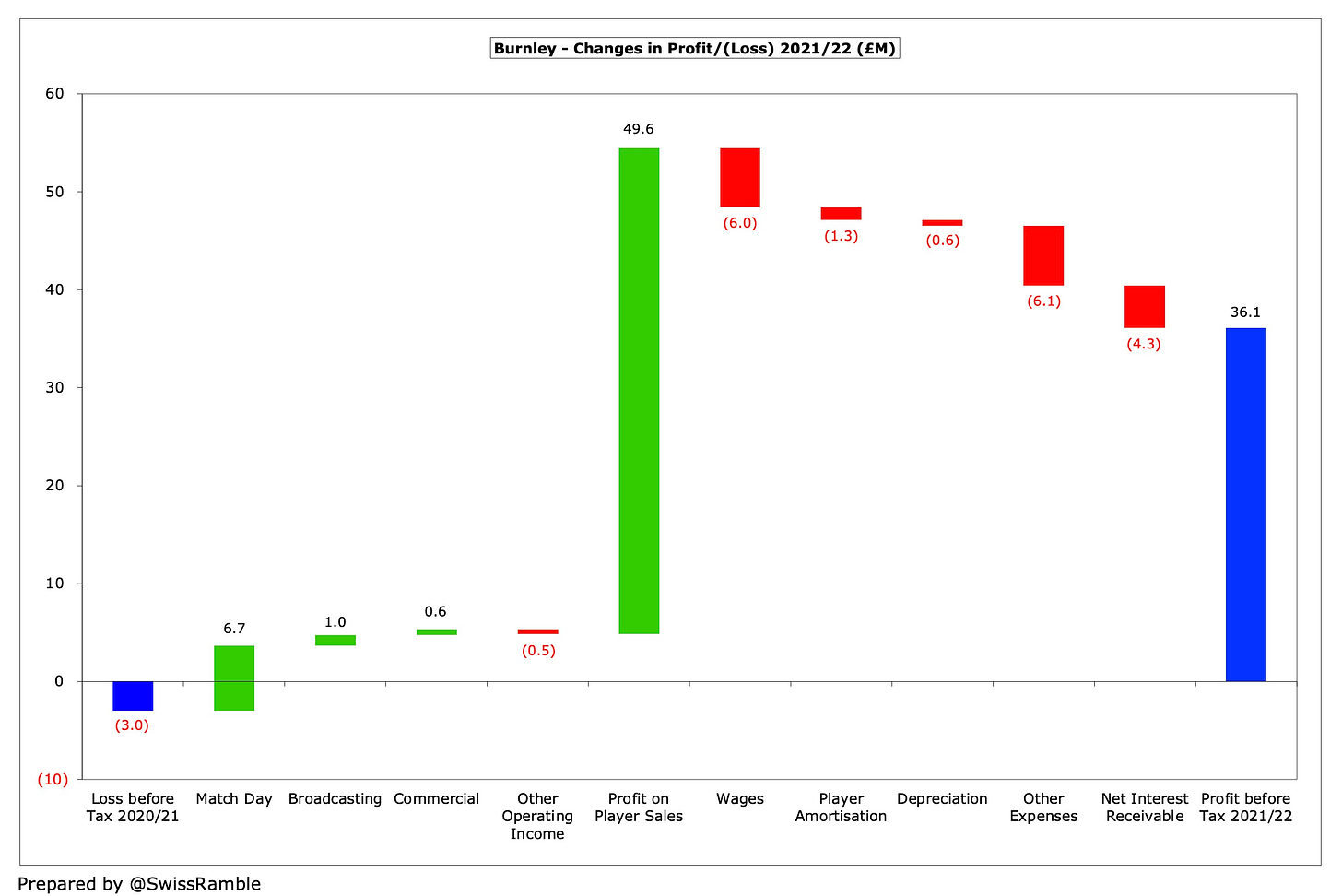Burnley’s 2021/22 financial results covered a season when they finished 18th in the Premier League, leading to relegation to the Championship after six years in the top flight.
The season also saw the departure of manager Sean Dyche after nearly a decade in charge. He was replaced by under-23 coach Mike Jackson for the last few games, before the reins were handed over to Vincent Kompany.
The former Belgian international has proved to be a revelation, as Burnley have won the 2022/23 Championship in some style, bouncing back to the Premier League at the first attempt.
Ownership
This was the first full season under the ownership of Alan Pace, who may well feel somewhat vindicated by Burnley’s successful campaign in the Championship, after the American received a lot of criticism for the nature of the club’s acquisition.
In December 2020 a majority (84%) shareholding in Burnley was sold to Calder Vale Holdings Ltd, in turn owned by Velocity Sports Ltd with Pace the ultimate owner, though long-term local owners Mike Garlick and John Banaszkiewicz remained at Turf Moor as directors.
The acquisition cost was reported to be £112m, comprising a £65m payable in Burnley FC Holdings Ltd, a £37m payable in Burnley Football & Athletic Holdings Ltd and a further £10m advance to a group company after the 2021 year-end.
The reason for many supporters’ unhappiness was that the new owners put in very little of their own money, instead acquiring Burnley via a leveraged buy-out, placing £65m debt on the club and using £37m of club’s own cash balances, similar to the Glazers’ modus operandi at Manchester United.
There was also concern that a “significant proportion” of the £65m debt had to be repaid shortly after relegation, which might lead to a fire sale of players and the use of parachute payments to fund the repayment.
Given the level of unease 12 months ago, it’s fair to say that things look better these days for Burnley, but let’s look in detail at their accounts for a considered view of the club’s finances.
Profit/(Loss) 2021/22
Despite relegation, Burnley actually managed to deliver a £36m pre-tax profit in 2021/22, compared to a £3m loss the previous year. Revenue rose £8m (7%) from £115m to £123m, but the bottom line improvement was very largely driven by profit from player sales shooting up from £5m to £55m.
Operating expenses increased £14m (11%) from £122m to £136m, while interest payable nearly tripled from £2.8m to £7.1m.
Profit after tax was lower at £26m, due to a £10m tax charge.
Burnley’s revenue was boosted by the return of fans to the stadium after COVID restrictions were lifted, which led to a steep increase in match day, up from just £355k to £7.0m, and helped grow commercial by £0.6m (5%) from £10.9m to £11.5m. Broadcasting also slightly rose by £1m (1%) to £105m.
Other operating income fell £0.5m (28%) from £1.7m to £1.2m.
However, Burnley’s cost base grew more than revenue. The wage bill rose £6m (7%) from £86m to £92m, while player amortisation was up £1m (6%) from £22m to £23m. Other expenses increased £6m (47%) from £13m to £19m, mainly due to the higher cost of staging games with fans.
Keep reading with a 7-day free trial
Subscribe to The Swiss Ramble to keep reading this post and get 7 days of free access to the full post archives.






